PROBLEM & OBJECTIVE
Today’s smartphones and social media have transformed nearly all facets of life, but travel has seen some of the most dramatic changes. According to a survey from Adweek, 52% of Facebook users get their travel inspiration while navigating the platform, even when they aren’t planning a specific trip.
User-generated content has become an important source of inspiration and has a powerful influence on the initial decision to make a trip due to the authenticity and immediacy. Travelers are sharing photos from their travels through different media channels allowing other users to discover new destinations, things to do, and places to stay.
Apps have made it much easier for people to travel anywhere, simpler to book flights, and look for somewhere to stay. However, with this market growth, there has been a rapid increase of travel apps constantly oversaturating people with information that is not necessarily reliable, promoting special packages, products, or services to customers; making it hard for travelers to find the information they are looking for when planning a vacation.
Being a road-tripper, a nature lover, an avid photographer, and a passionate traveler myself, it has become very difficult to organize a trip that fits my needs without having to go to hundreds of different websites and apps, and spending weeks of planning, so I started to wonder, how many more people are encountering the same problem, and what could I do to help them?
RESEARCH FINDINGS
In order for me to come up with accurate solutions, I had to focus my research on people who really love traveling, and the results were surprising:
• 83 out of the 99 people said that they, not only enjoyed taking photos, but it was crucial for them to capture the best images while traveling (just like me!).
• 82% of those people take photos with their smartphones.
• 76% of travelers stated that it's important for them to carefully plan their trips ahead, and 22% plan their trips, but leave some room for “happy accidents”.
• 62% of travelers like to either, rent a car once they get to their destinations, or they take their own cars and go road-tripping. This last one comes as no surprise, considering that what people like the most about traveling is, to discover new and exciting places, to see the sights and scenic views, and the adventure.
AFFINITY DIAGRAM & EMPATHY MAP
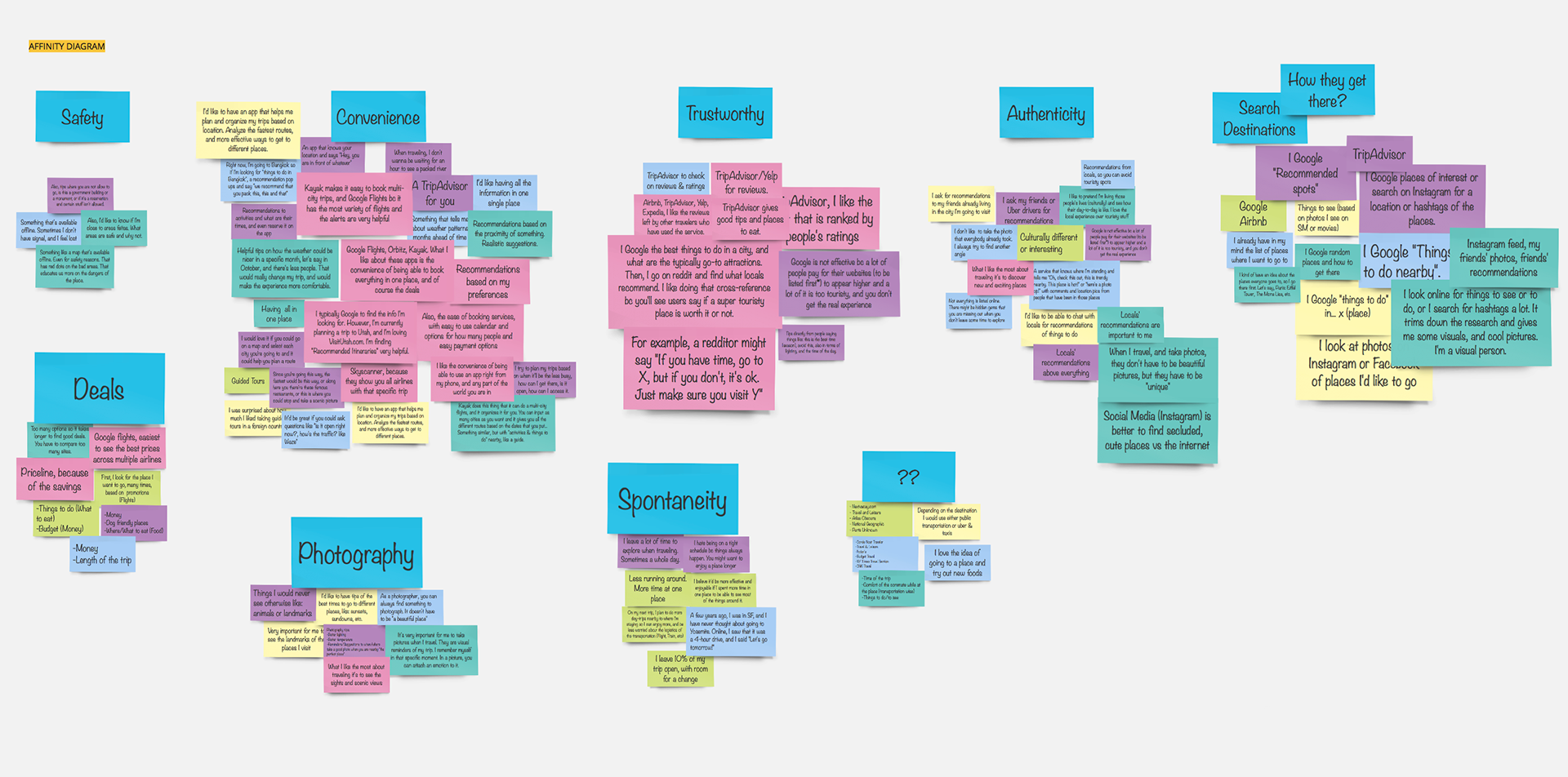
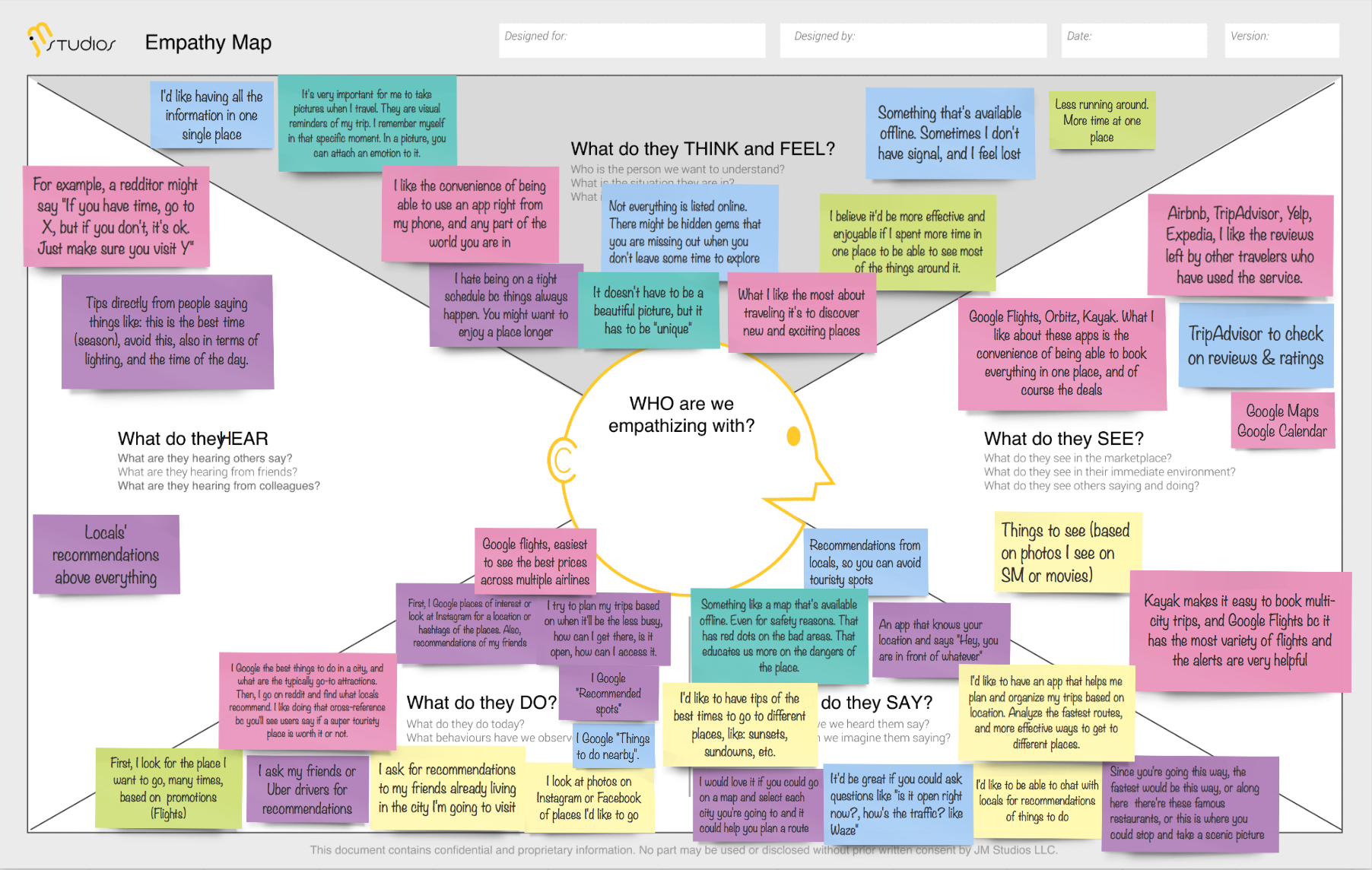
According to my Affinity Diagram and Empathy Map, and based on what people say, do, hear, see, and think, we can conclude the following:
1. Travelers are looking for authenticity.
“I prefer recommendations from locals, so I can avoid touristy spots”
“It’s very important for me to take photos when I travel. It doesn’t have to be in a beautiful place, but it has to be unique”
“Locals recommendations above everything”
2. Travelers want convenience.
“I’d like having all the information in one place”
“I’d like to get recommendations based on my preferences”
“I would love it if I could go on a map and select each city I’m going to, and it could help me plan a route”
“I would like to have an app that helps me plan and organize my trips based on location”
3. People want a tool that’s trustworthy.
“Google is not effective because a lot of people pay for their websites to be listed first, to appear higher in the search, and a lot of it is too touristy. You don't get the real experience”
WHO IS OUR USER?
USER PERSONA
WIREFRAMES - LOW, MID, HIGH FIDELITY
After going through the research and empathizing with Laura, I took into account her motivations and needs, and came up with three main features to help alleviate her pain points.
MULTI-STOPS
Laura wanted to make the most out of her short trips, and a multi-stops feature was necessary for the application to be able to suggest a route based on Laura's plans.
• The final result of this screen went through quite a few changes. Testing showed that users found it frustrating to have to input duplicated information in the arrival and departure fields. These changes are reflected on the prototype.

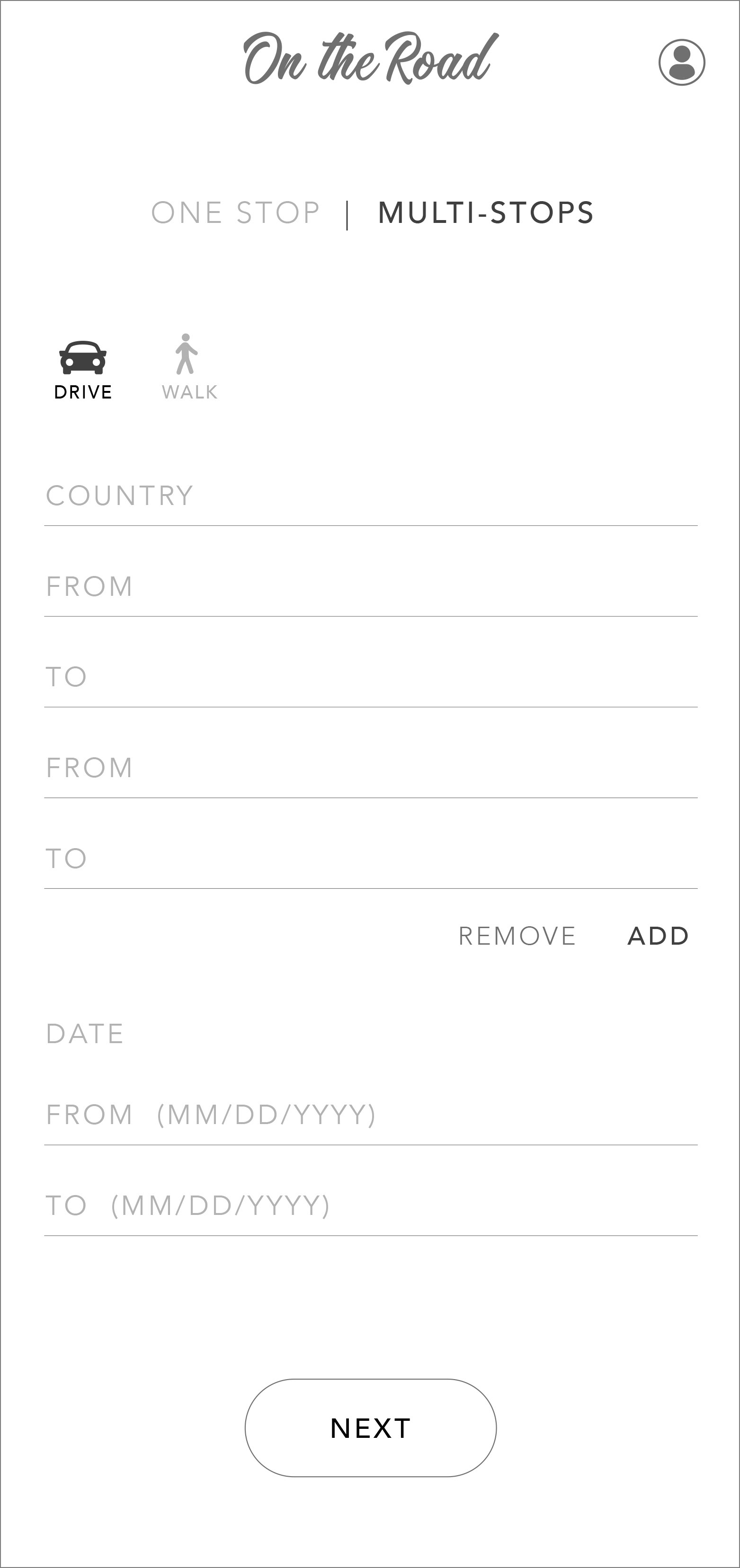
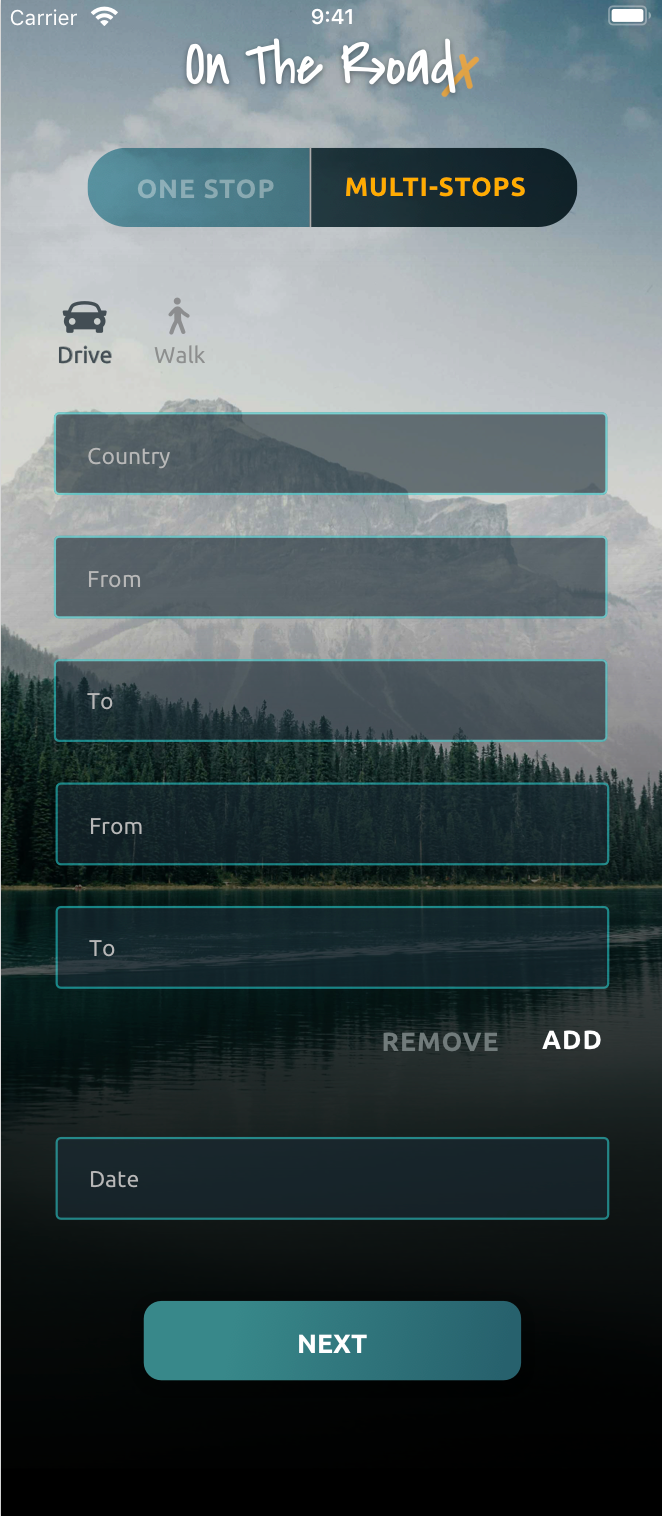
MAP
The map is the most important feature of this application. It shows the inputted stops from the multi-stops screen, and also shows suggested places for interesting photo ops along the route. These suggestions are based on the most recommended places to visit from other users, and can be edited; either removed or replaced by other points of interest.
• As you can see below, the navigation bar completely changed from the low and mid-fidelity wireframes to the high-fidelity version. After testing, users reminded me that the main purpose of this app was to help them find unique places to see, and take photos while on the road. A community with same interests that feeds off each other's travel experiences. The previous navigation bar wasn't conveying that idea.
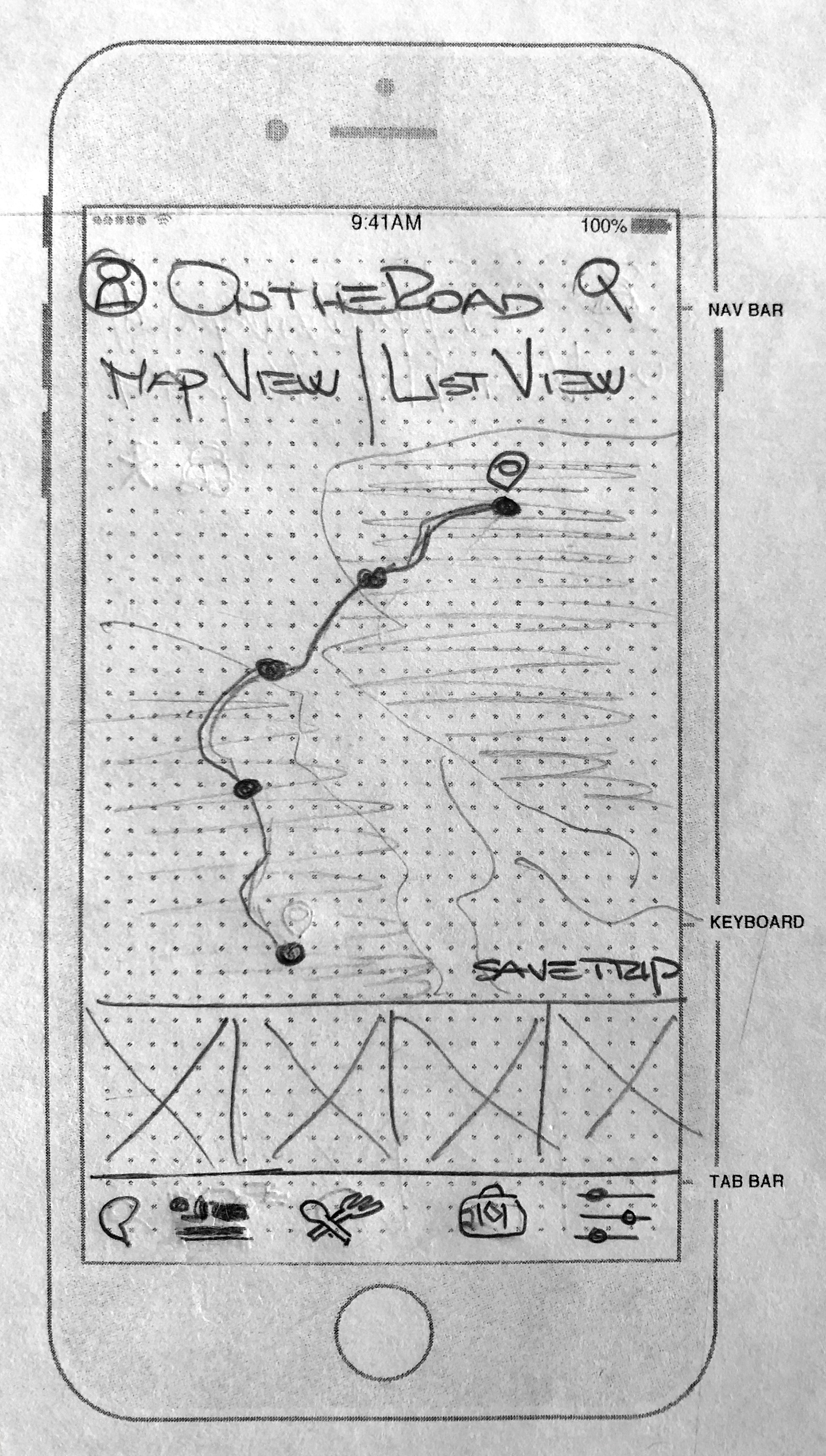
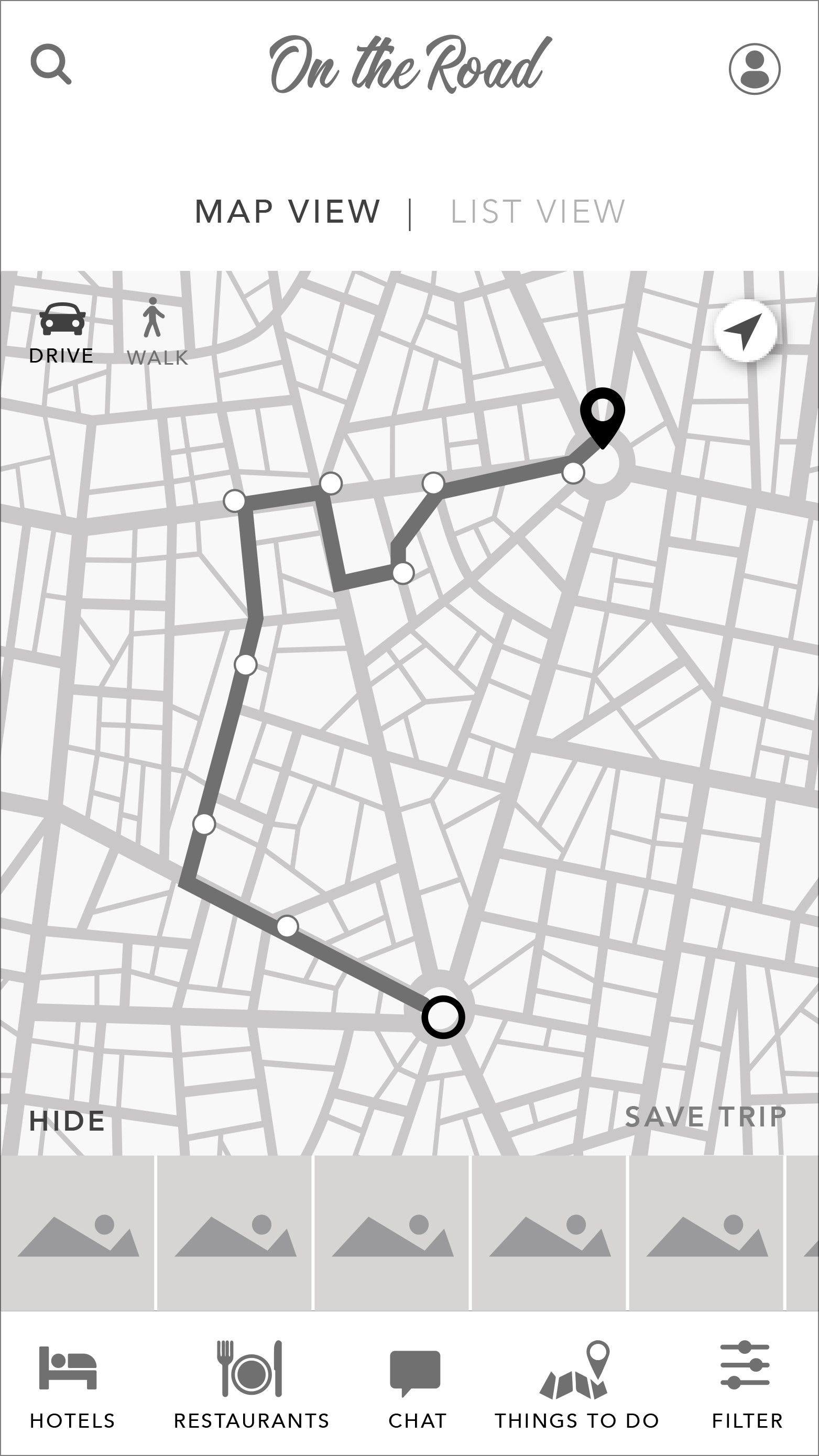
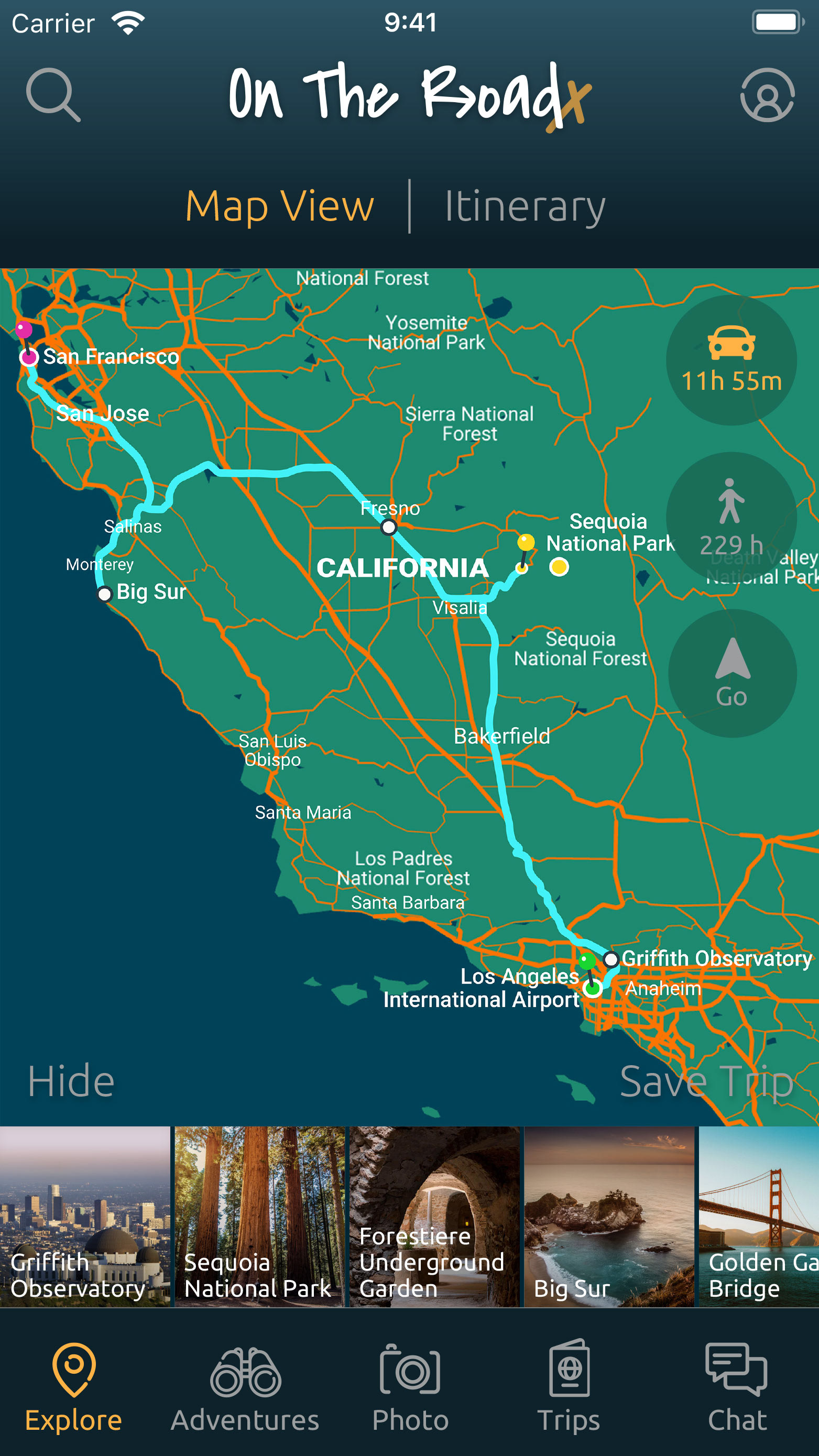
GALLERY
From my research, people mentioned that they are very visual. They get ideas of places to visit from social media feeds. They like to see photos of where they are going, how it looks during the different seasons, and different hours of the day. This feature is going to help with the visual aspect of the suggestions. It also allows travelers to follow the person posting the photo, bookmark the post, or share it if the user is planning the trip with other people. The gallery has two views, grid and full-size view.
• The grid view changed after testing. People found the version from the mid-fidelity wireframe unappealing. However, the layout on the high-fidelity version was very well-received by the users.
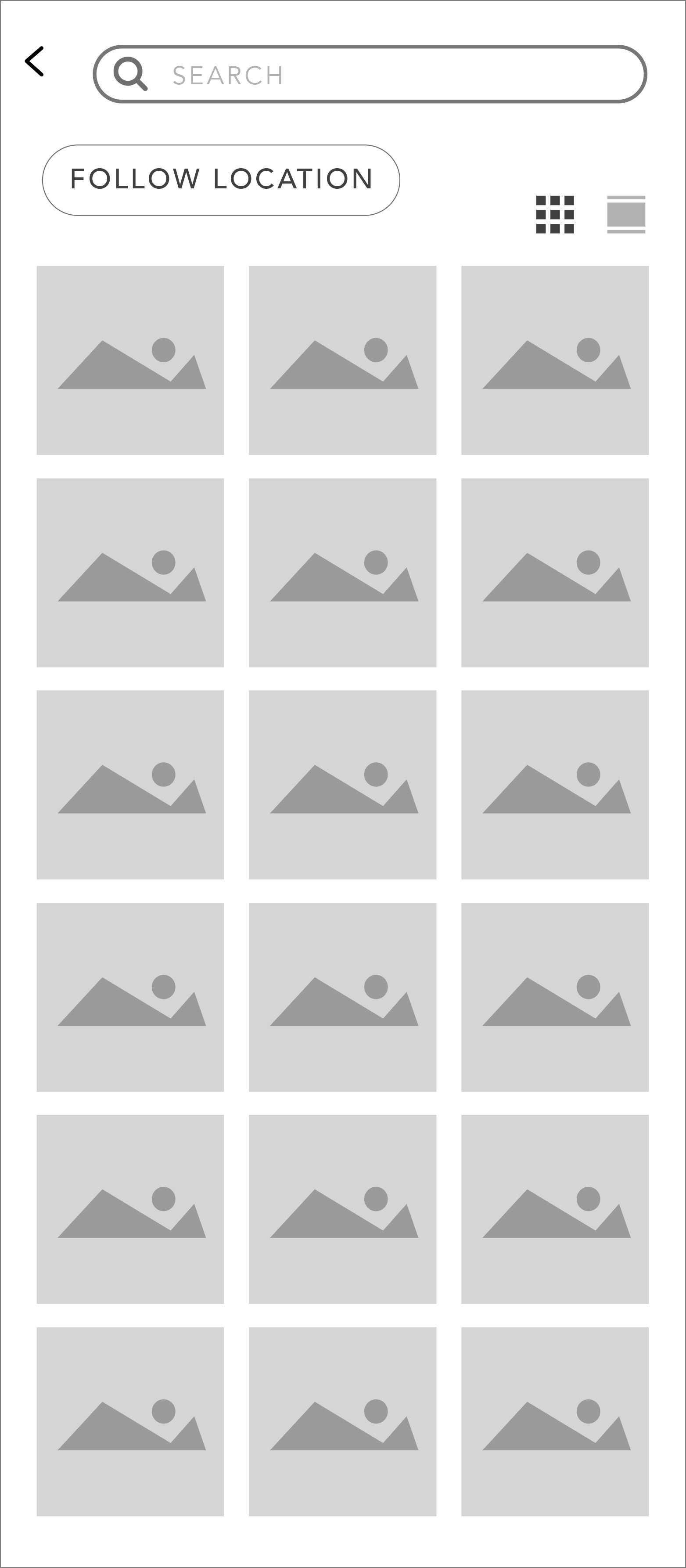

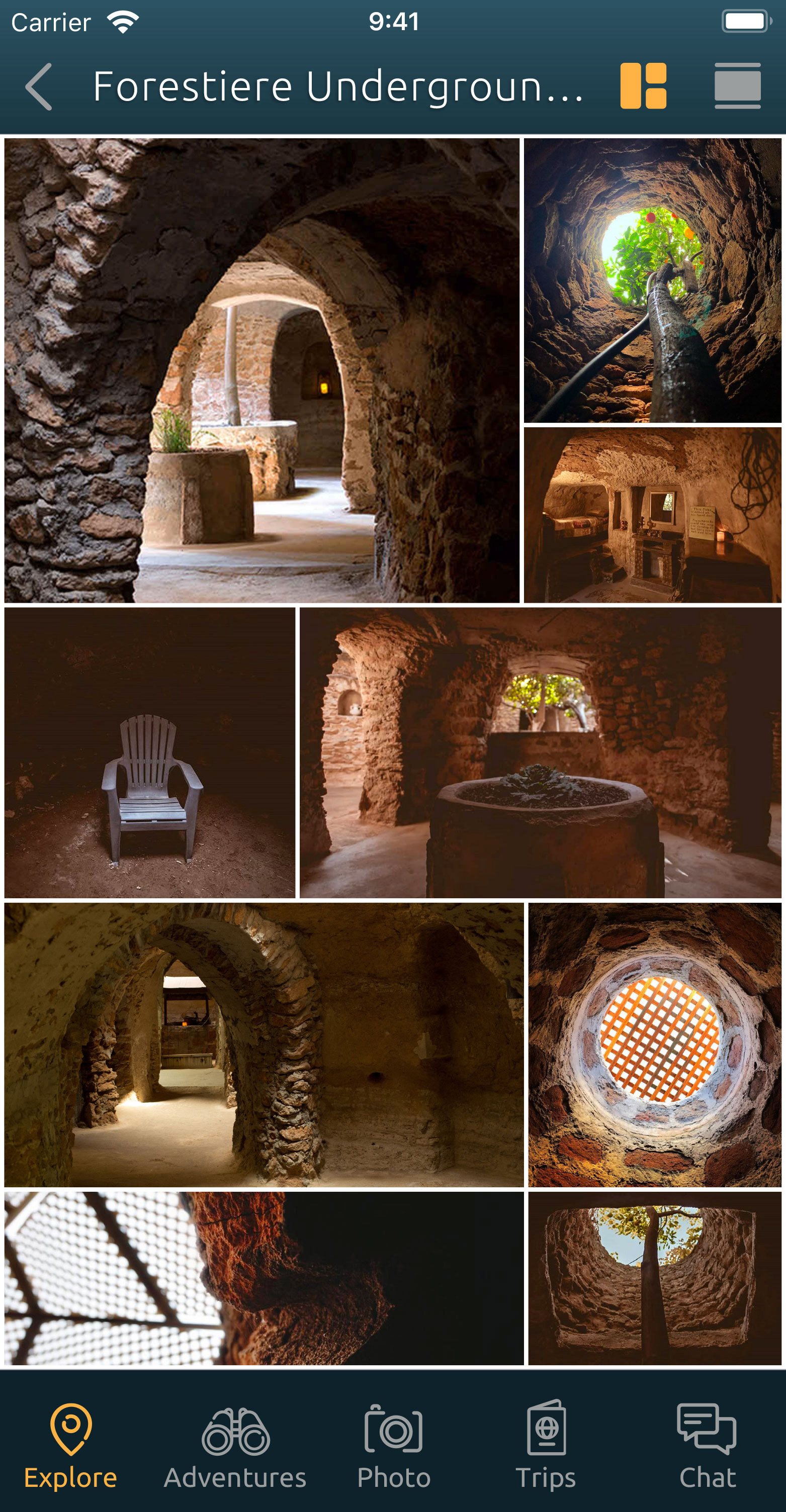

UI DESIGN
MOODBOARD
STYLE TILE
HIGH FIDELITY PROTOTYPE
TO ACCESS THE PROTOTYPE, CLICK ON THE IPHONE'S SCREEN BELOW.